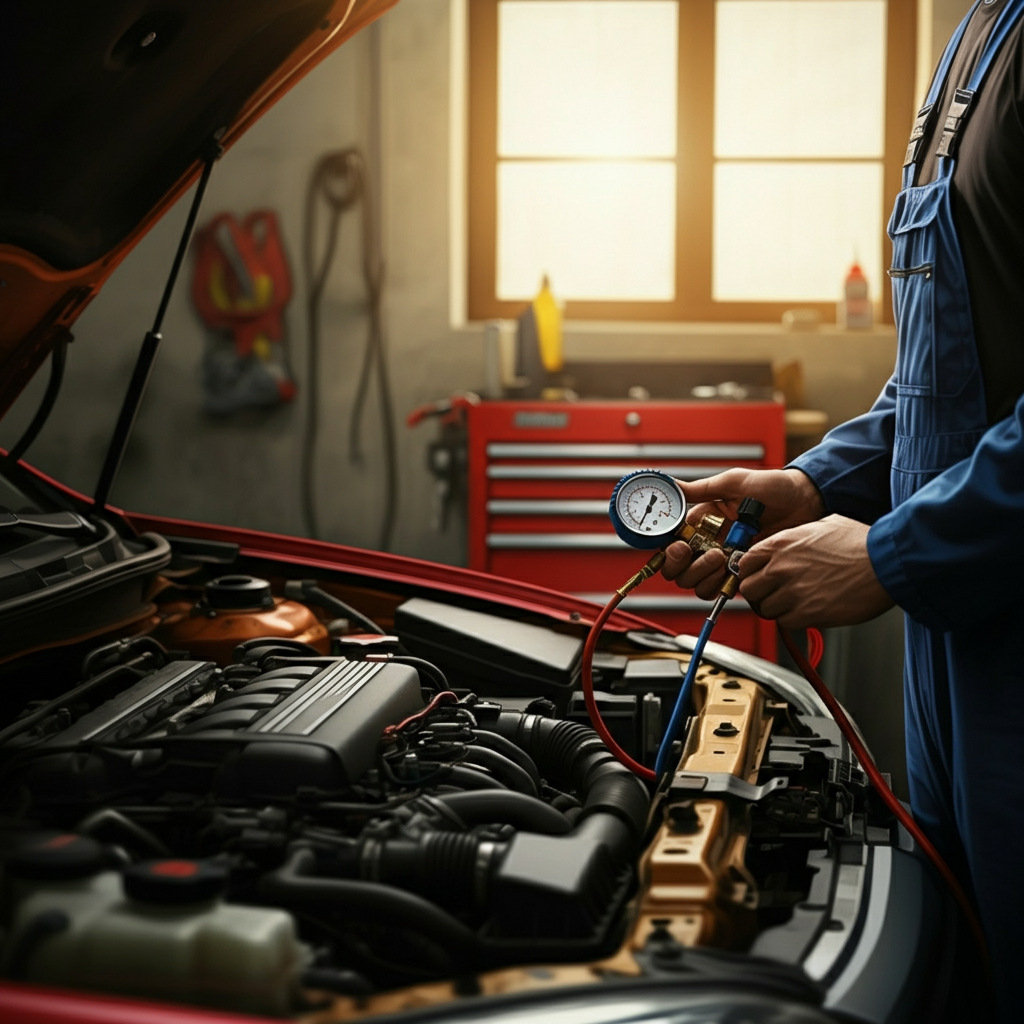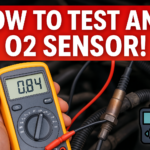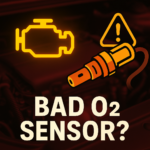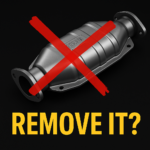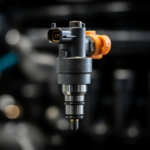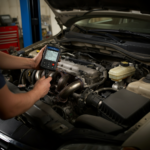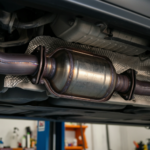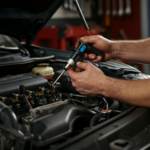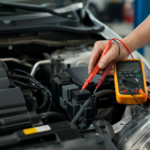A fuel pump is one of the most critical components of your car’s fuel system—it delivers gasoline from the tank to the engine. When it’s working properly, you probably never give it much thought. However, faults in the pump can bring your vehicle to a complete halt. If you’re wondering how to test a fuel pump, you’re in the right place.
This guide will walk you through the signs of a bad fuel pump, how to check if your fuel pump is working, and proper methods for testing it whether you’re an automotive enthusiast or a DIY novice.
Why Is the Fuel Pump Important?
The fuel pump ensures the gas travels from the fuel tank to the engine with just the right amount of pressure. This consistent supply is critical for the efficient operation of your car. Whether you’re going to work or on a road trip, a failing pump can leave you stranded, and diagnosing the issue early can save time and costly repairs.
Signs a Fuel Pump May Be Bad
Before you test a fuel pump, it’s essential to recognize some warning signs that something might be wrong. If you’re seeing any of these symptoms, it may mean your fuel pump is bad:
- Difficulty Starting the Car
If the car cranks but won’t start, the fuel pump may not be delivering sufficient fuel to the engine.
- Engine Stalling
Frequent or random stalling, especially at higher speeds, could signal an issue with fuel delivery caused by the pump.
- Decreased Fuel Efficiency
If you’re using more fuel than usual for the same trips, a bad fuel pump or a clogged fuel filter might be the issue.
- Whining Noises from the Fuel Tank
A struggling or faulty fuel pump often produces a high-pitched hum or whine coming from the tank.
For more signs of a malfunctioning fuel pump, check out this comprehensive list of symptoms.
6 Steps to Test Your Fuel Pump
Understanding how to check a fuel pump isn’t difficult if you follow these simple steps. Before you start, gather the required tools such as a fuel pressure gauge, a multimeter, and safety gear.
1. Listen for the Fuel Pump
Turn the key to the “On” position without starting the car. Listen for a faint buzzing or humming sound from the gas tank. If you don’t hear anything, the pump could be faulty or not powered.
2. Check the Fuel Pump Fuse
Locate the fuel pump fuse in your car’s fuse box (refer to your owner’s manual). A blown fuse can cut power to the pump. Replace the fuse and try starting the car again.
3. Inspect the Fuel Lines and Fuel Filter
Check for clogged fuel filters or leaks along the fuel line. Damage or obstructions in these areas can mimic symptoms of a faulty pump.
4. Use a Fuel Pressure Gauge
Testing fuel pressure is one of the most accurate ways to determine pump health. Attach a fuel pressure gauge to the fuel rail. Turn the key to “On” and read the pressure on the gauge. A low reading often indicates pump failure or a problem with the fuel pressure regulator.
-
-
- Tip: Compare your pressure reading with the manufacturer’s specifications found in your service manual.
-
5. Test the Fuel Pump Relay
The pump relay provides power to the electric fuel pump. Swap it with a similar relay in the fuse box to diagnose issues.
6. Conduct an Electrical Test
Use a multimeter to check voltage at the fuel pump’s connector. If power is reaching the pump but it’s not working, then it’s likely the pump itself is faulty.
Not sure how to get the right tools or parts? Visit AutoZone for equipment, including fuel pumps and testing kits.
Bonus Tip: When to Call a Professional
If these steps feel overwhelming or inconclusive, don’t hesitate to consult a professional mechanic. They can provide a more comprehensive diagnosis.
How to Prevent Fuel Pump Failure
A bad fuel pump can cost anywhere from $400 to $800 to replace, but proper maintenance can extend its lifespan and save you money in the long run.
- Avoid Running on Empty
An almost-empty fuel tank risks overheating the pump and pulling debris into the fuel lines.
- Replace the Fuel Filter Regularly
A clogged fuel filter forces the pump to work harder, leading to premature wear.
- Use High-Quality Fuel
Sub-par gasoline may contain impurities that clog the fuel pump and injectors.
- Inspect the Fuel System Annually
Have a professional test your fuel pressure, check the fuel lines, and inspect the overall health of your system.
For a detailed breakdown of replacing faulty fuel pumps, explore more through our trusted resources.
Final Words on Testing Your Fuel Pump
A faulty fuel pump doesn’t have to ruin your day. By learning how to test a fuel pump and addressing issues early, you can keep your vehicle running efficiently and avoid costly tow services.
